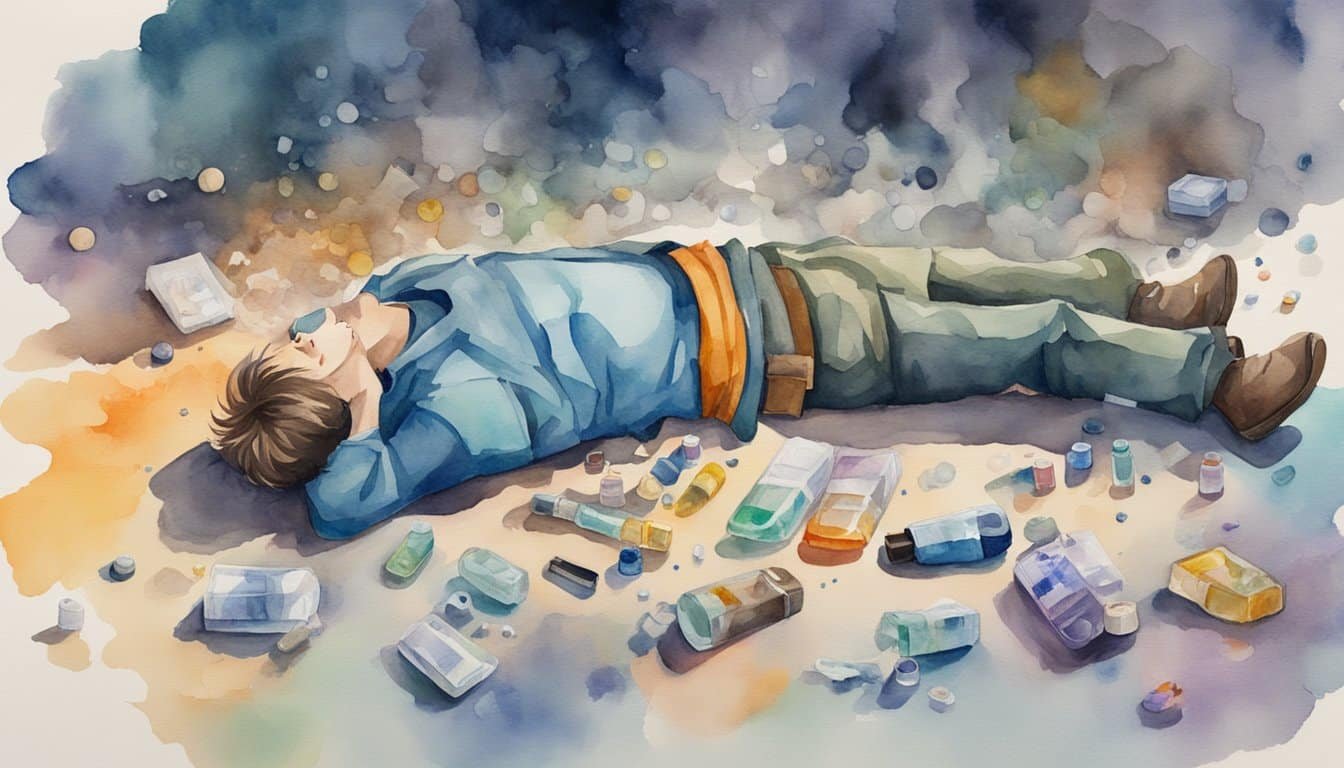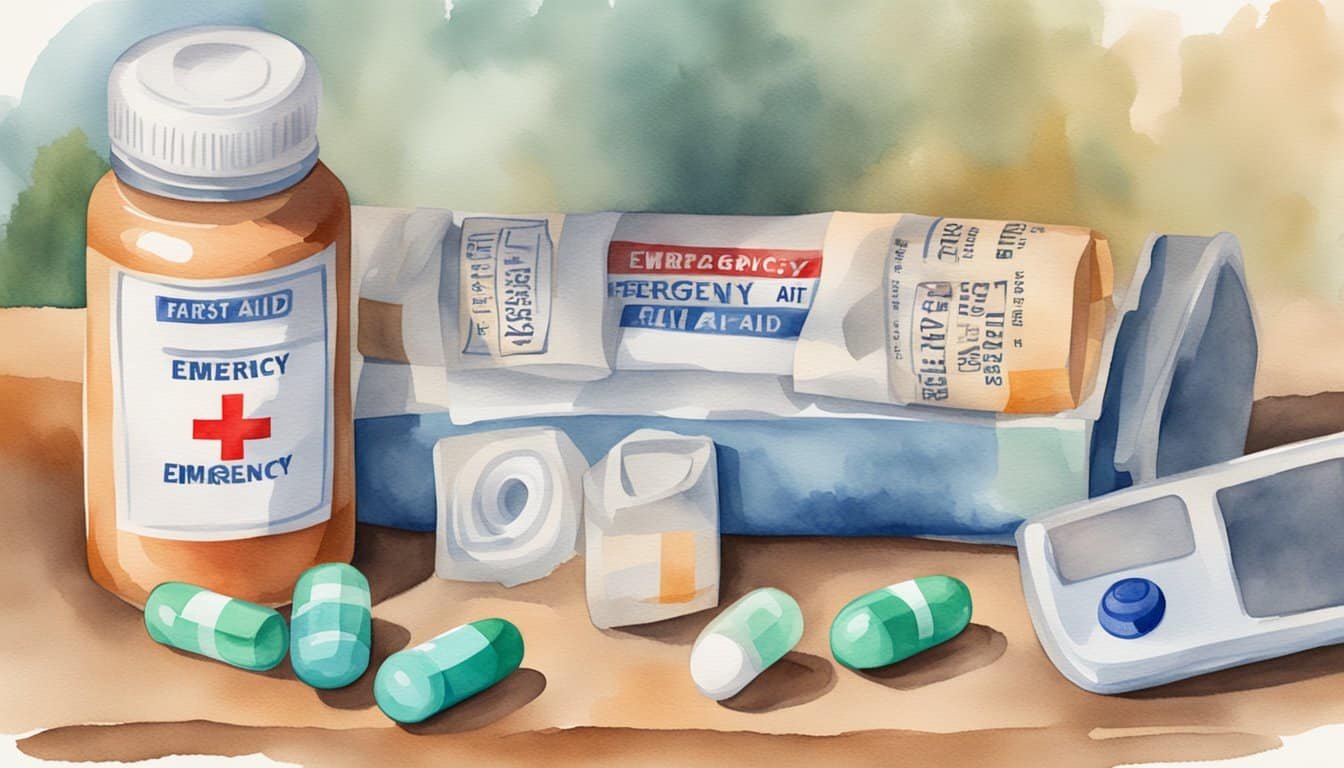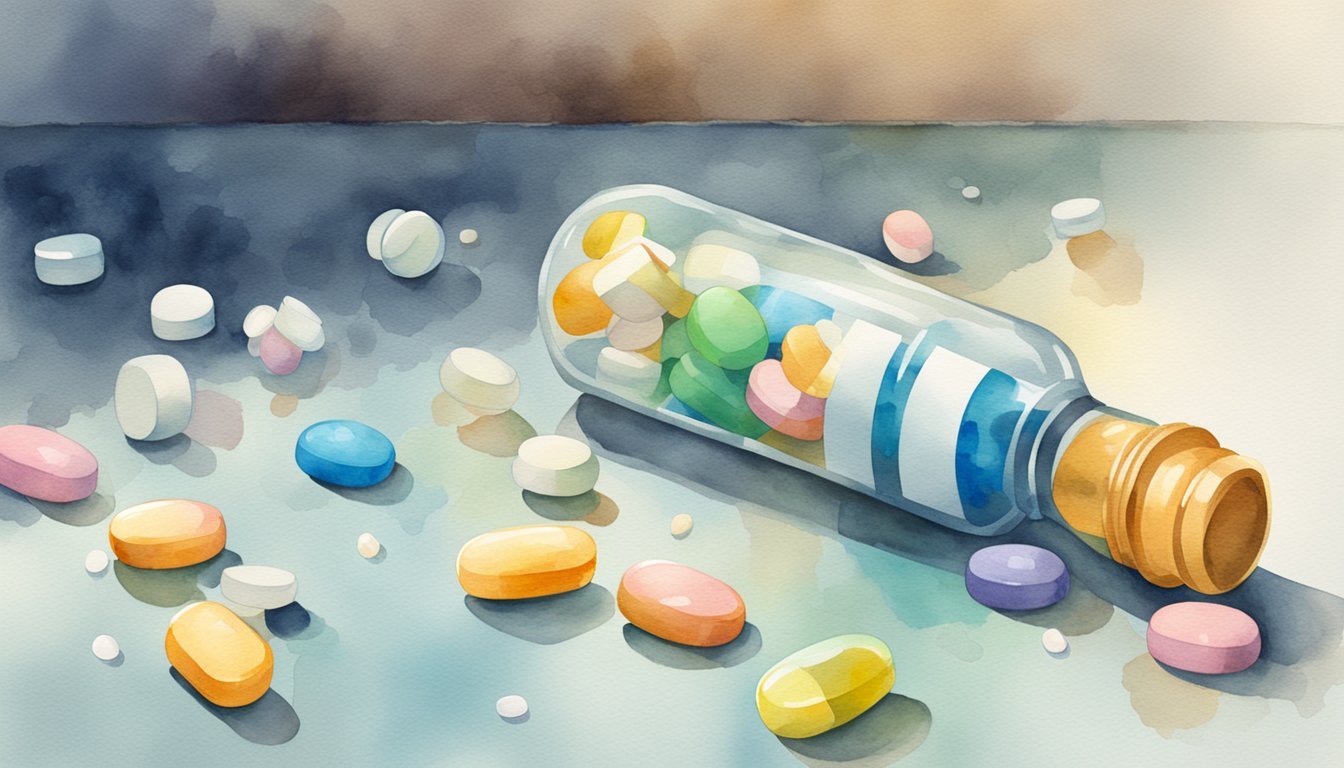Understanding Overdose

When they go beyond the body’s ability to handle them, overdoses occur, possibly leading to severe health consequences or even death. This section explores what constitutes an overdose and the common substances involved.
What Constitutes an Overdose?
An overdose happens when a person consumes a toxic amount of a substance, overwhelming the body’s ability to metabolize the drug and maintain homeostasis. This can occur with a variety of substances, ranging from prescription medications to illegal drugs. Opioid overdoses are particularly dangerous because they can depress the respiratory system, leading to a lack of oxygen to the brain and other vital organs. While some overdoses are accidental, others might result from a substance use disorder, where the impaired ability to regulate consumption can make overdoses more likely.
- Illegal drugs like heroin or illicit fentanyls often have unpredictable potencies, increasing the risk of overdose.
- Prescription drugs, while legal, can also lead to overdose, especially when misused or taken in combination with other substances, like alcohol or sedatives.
Common Substances Associated With Overdose
Overdoses are not limited to one category of drugs; they can involve a variety of substances, both legal and illegal. Some of the most common include:
- Opioids: This class includes prescription drugs such as oxycodone and hydrocodone, as well as illegal drugs like heroin. They carry a high overdose risk due to their effect on the respiratory system.
- Stimulants: Drugs like cocaine and methamphetamine can cause overdoses that result in heart attacks, strokes, and seizures.
- Benzodiazepines: Medications such as Xanax and Valium, often prescribed for anxiety or insomnia, can lead to overdose, particularly when combined with other central nervous system depressants like alcohol.
- Alcohol: Though legal, alcohol is a substance that frequently results in overdose, medically known as alcohol poisoning, which can severely depress vital life functions.
It’s worth noting that overdoses can be exacerbated by taking multiple drugs simultaneously, a practice that can lead to unexpected interactions and increased toxicity. Furthermore, with the rising prevalence of opioid use disorders, the risk of opioid overdoses has climbed, emphasizing the importance of awareness and education in preventing these life-threatening situations.
Recognizing and Responding to Overdose

The ability to quickly identify and address a drug overdose can mean the difference between life and death. Knowing the signs and the right steps to take can equip individuals to effectively manage these critical situations.
Signs and Symptoms of Overdose
An overdose occurs when a person consumes a toxic amount of a substance, often a drug, leading to potentially fatal physiological reactions. Symptoms can vary depending on the substance used, but common signs include:
- Breathing: Difficulty breathing, slowed or irregular breathing, or a complete cessation of breath.
- Consciousness: Sudden loss of consciousness or unresponsiveness to external stimuli.
- Skin: Cool, clammy skin, or a bluish tinge around lips or fingernails indicating oxygen deprivation.
- Vomiting: Nausea followed by vomiting, which can lead to choking, especially if the person is unconscious.
- Heart: Irregular or rapid heartbeat that could escalate to a heart attack or stroke.
- Behavioral changes: Extreme agitation, anxiety, paranoia, hallucinations, or confusion.
Additional signals may include gurgling sounds, drowsiness, and uncoordinated movements.
Emergency Response to Overdose
If you suspect someone is overdosing, immediate action is critical:
- Call 911: Before anything else, call emergency services. Provide clear and specific information about the situation.
- Assess the Person: If they are unconscious, try to rouse them by shouting their name and gently shaking their shoulders.
- Administer Naloxone: If an opioid overdose is suspected and you have access to naloxone (a lifesaving drug that can reverse the effects of an opioid overdose), use it. Naloxone often comes as a nasal spray for ease of administration.
- CPR: If the person is not breathing, administer CPR if you are trained to do so. Ensure the airway is clear to prevent choking on vomit.
- Positioning: While waiting for emergency services, keep the person in the recovery position to maintain an open airway and prevent choking.
It’s essential to remain with the person until medical help arrives. Do not attempt to feed them or make them vomit, as this could cause additional harm. Keep in mind that children and those with certain medical conditions may be at higher risk for complications from an overdose, so prevention and understanding risk factors are key. Programs focused on prevention and education on overdose can be life-saving resources for both users and those around them.
For a comprehensive list of the signs and symptoms of an overdose and detailed steps on what to do, visit the Substance Abuse and Mental Health Services Administration (SAMHSA) website.
Preventing Overdose Risks

An ounce of prevention is worth a pound of cure, especially when it comes to overdose risks. Mitigating these risks involves understanding not just the why but also the how of overdoses, and engaging with proven treatment and support structures.
Understanding Risk Factors and Prevention
When considering strategies to prevent opioid or substance overdose, one must recognize the varying risk factors such as age, underlying medical conditions like sleep apnea, and co-occurring issues like depression. An individual’s personal history with addiction or substance use disorder can elevate the risk significantly, as can certain behaviors like using opioids in high doses or in combination with other substances such as alcohol—a recipe that could increase the potential for harmful health consequences.
Education plays a critical role here. Knowing that tolerance to a substance’s effects can change over time can guide someone to avoid unintentional high doses that the body may not handle. Intervention programs targeting people at risk, including those prescribed opioids by a doctor for long-term pain management, are essential in preventing misuse that could lead to overdose. These programs often focus on identifying individual risk factors and crafting personalized prevention plans.
Treatment and Support Programs
Effective treatment options for opioid use disorder often involve medications that work on opioid receptors in the brain. These medications minimize withdrawal symptoms without inducing euphoria, which can help maintain sobriety in the long run. Such medications include methadone and buprenorphine, which have been shown to be effective in preventing overdose.
Beyond pharmacological interventions, comprehensive support programs that offer counseling, education, and resources can make a substantial difference. They create a support system and a safety net for individuals who are vulnerable to substance misuse or who are currently struggling with it. The goal of these initiatives is not just to treat the present condition but to equip individuals with the tools and resources for sustained recovery. Communities and local organizations also play a pivotal role, as they are increasingly becoming involved in overdose prevention education, which can include distributing naloxone—a medication designed to rapidly reverse opioid overdose—or offering training in recognizing and responding to overdoses.

